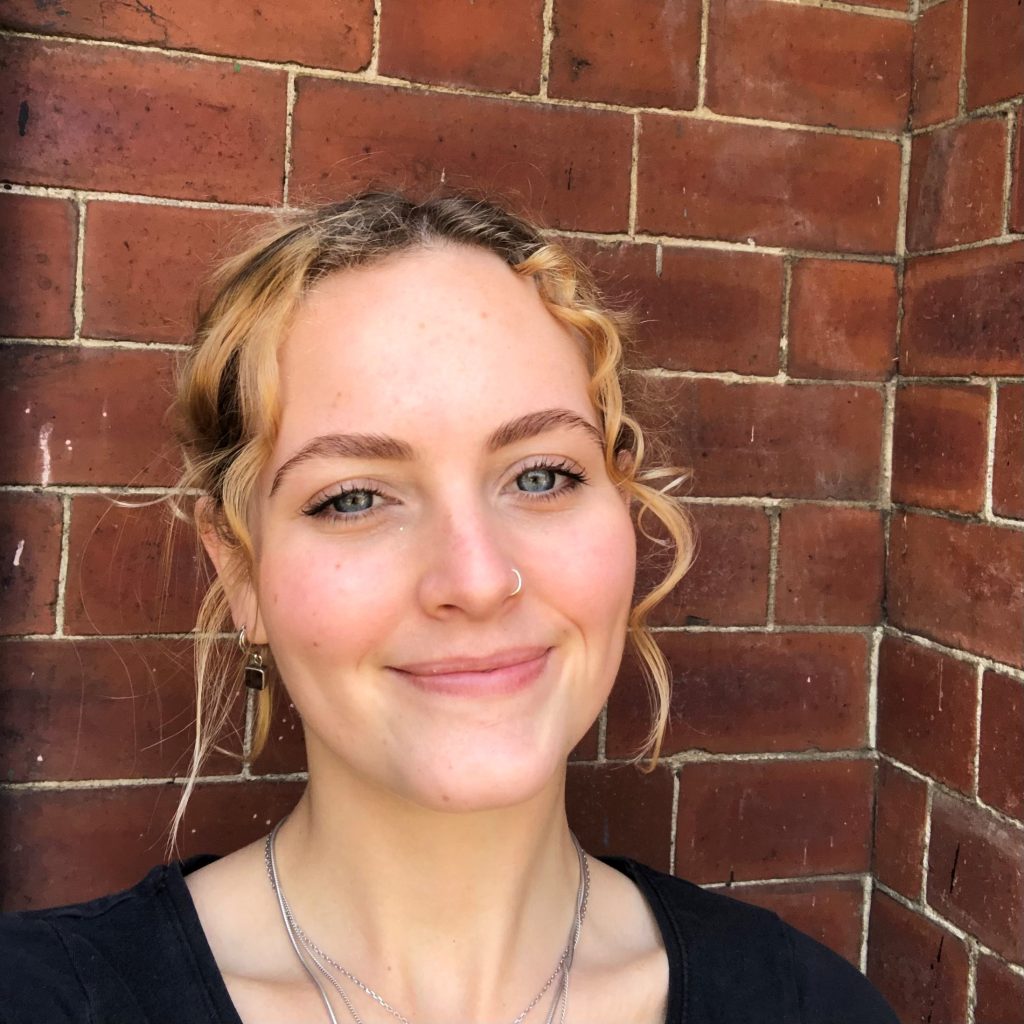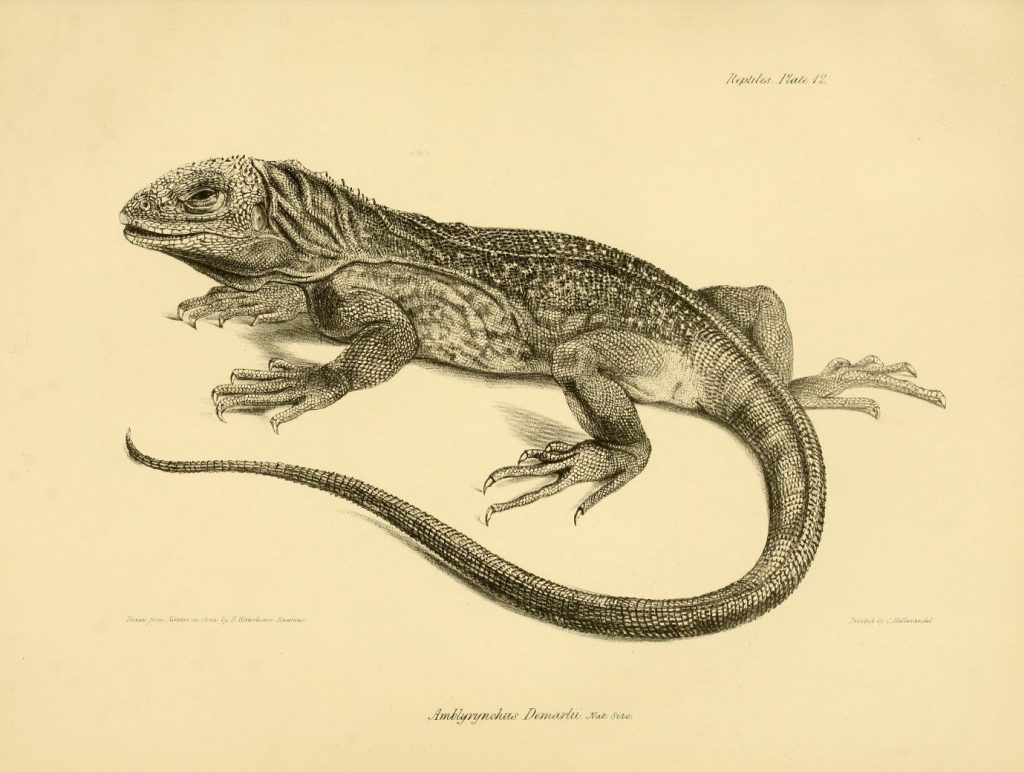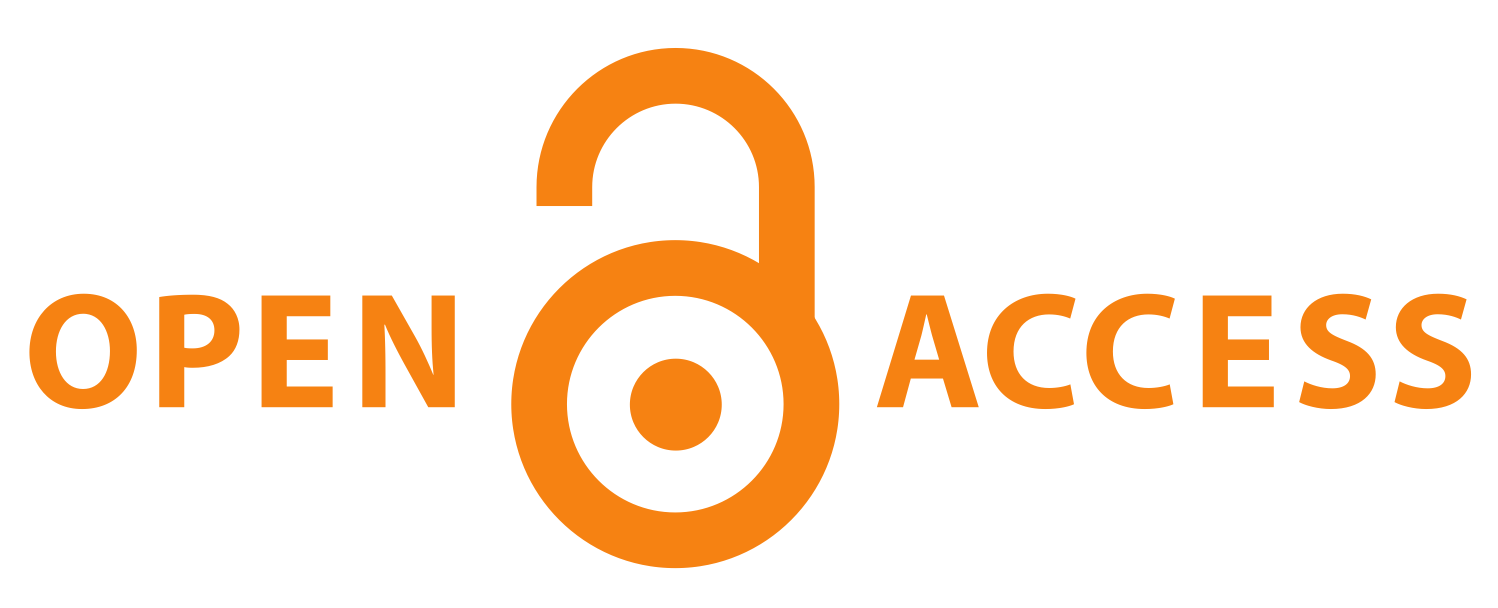SciComm Corner – Opposites Attract: Art and Science
 Article written by A Pincham
Article written by A Pincham
Art is often considered the antithesis of all things scientific. Where science is precise and methodical, art is passionate and creative; where scientists are introverted and rational, artists are expressive and emotionally driven. Unfortunately, this view often causes art to be unfairly disregarded by scientists who, naturally, value their own skills and processes and are unconvinced about the benefits of collaboration with the unknown ‘other’.
In fact, the advantages of interdisciplinary collaboration are numerous. Progress is restricted by the idea that individuals should remain pigeonholed into these roles rather than drawing from the full spectrum of their potential. Both creative and analytical skills are necessary for innovation and communication.
Art as a tool for science
The most obvious use of art within science is visualisation. Early naturalists, for example, painstakingly documented their findings in beautifully detailed sketches which required more than a little artistic talent and were the most effective way of communicating findings.

Credit: Charles Darwin http://darwin-online.org.uk/graphics/SpecimenIllustrations.html
Today, advancements in our understanding of structures in molecular biology, such as proteins, are communicated most effectively through illustration and modelling.
Further, scientists are often trained to write in a manner that is informationally dense. The idea is to convey as much information as possible in the fewest possible words and images, with a precision which leaves nothing to interpretation. This style serves a purpose; it allows those with equal background knowledge to extract the key ideas from scientific journals without error and apply them to their own research.
But research has the greatest impact when it is understood by the largest possible audience. Only by engaging new people can a new generation of scientists can be inspired, and scientific discoveries continue. Therefore, scientists need a second style of communication, one which take scientific findings and translates them into new materials which the maximum number of people both can understand and will choose to consume.
This kind of scientific journalism naturally falls at the intersection between art and science – it requires the creative act of transforming hard facts into something which an outside audience access. This requires a completely different approach – informational density is less important than producing materials which are sensory and emotionally engaging. With historic reluctance by scientists to associate with the creative arts, is it surprising that science has a reputation as dry, boring, and inaccessible?
Popular educational and scientific content creators such as Big Think and Crash Course are counter examples to this restrictive thinking, and demonstrate how audiences of millions can be captured by deviating from traditional science communication styles using animation, and humour. By presenting science visually and through the medium of entertainment, the audience is caught off-guard, and encouraged to view science as fun and approachable as opposed to academic and intimidating.
Science as a tool for art
It is clear then that scientists stand a lot to gain from recognising the benefits that creativity can provide, but art is not simply an instrument for scientists to employ. The reverse is also true; artists have always relied upon scientific developments to further their projects in exciting and innovative ways.
It was the explosion of anatomical understanding during the Renaissance which enabled Michelangelo to produce sculptures now considered to be some of the greatest artistic masterpieces of all time.
And there are plenty modern examples of this, such as Marshmallow Laser Feast, a London based collective of coders and creatives who utilise cutting edge technology to create innovative ‘new media’ art instillations.
In one piece ‘In the Eyes of the Animal’, which was toured in festivals across the UK, they used VR technology to create immersive representation of the sensory perspectives of four woodland creatures. This was a huge technological feat, only made possible because of advancements in 3D scanning made by scientists, but the outcome was interpretive and artistic, inspired by nature and designed to spark questions and an emotive response from the viewer.
These works, and many more, demonstrate the heavy reliance that artists have upon scientists. Advancements in knowledge and technology are often reflected and exploited by creatives.
Eliminating boundaries
When both art and science draw so heavily from one another, does the artist-scientist distinction continue to be meaningful? There are also many instances where artists aren’t simply drawing on science, or vice versa, but the two work in parallel.
In 2017, Lisa Tran placed 5th in the Nikon ‘Small World in Motion’ photography competition for a video of cholesteric liquid crystal shells encapsulating water droplets. The video was recorded as part of her research into nanocrystals for energy conversion and optical-signal processing sensing, its beauty purely coincidental. Although her intentions were scientific, the outcome would certainly would not look out of place in an art gallery.

Credit: Lisa Tran, University of Pennsylvania
And often, in interdisciplinary areas of research, creative and analytical skills are required simultaneously. ‘Bio-Integrated Design’ is a group which aims to make the built environment more sustainable, and more beautiful, through architecture inspired by nature and designed using biotechnology and computation. The huge amount of innovation which is resulting from their unification of aesthetic and practical ambitions demonstrates just now nonsensical the notion of a conflict between art and science really is.
Opposites attract?
Common to popular opinion, art and science do not lie at opposite poles on a binary spectrum; the two have a fruitful symbiotic relationship. Science systematically answers questions, but both to ask and to communicate those questions is a creative act. Equally, art has always drawn inspiration from science, relying upon technological advancements to provide novel means of expression.
So, despite the abundance of internet quizzes claiming to answer the question ‘am I a creative or analytical thinker?’, you don’t have to pick! The best artists, and the best scientists are both – dedicated innovators who approach the unknown with rigorousness, curiosity, creativity, and fearlessness of failure.
ABOUT SCICOMM CORNER
As well as bringing you the latest science through our publication, we also like to share our opinions and insights about the world of science communication. Here we provide practical guidance for scientists and science communicators who desire to communicate science to a broader audience in an effective and engaging manner.
All posts are brought to you by the Scientia team and invited guest bloggers. If you would like to get involved and share your opinion in SciComm Corner then get in touch, we’d love to hear from you: info@sciencediffusion.com
Creative Commons Licence
(CC BY 4.0)
This work is licensed under a Creative Commons Attribution 4.0 International License. 
What does this mean?
Share: You can copy and redistribute the material in any medium or format
Adapt: You can change, and build upon the material for any purpose, even commercially.
Credit: You must give appropriate credit, provide a link to the license, and indicate if changes were made.

Open access vs Public access the case for democratic outreach in academic communication
While the move towards open access and its benefit to the wider scientific community is laudable, it comes at a cost—a cost, like most publishing costs in academia, that is ultimately funded by the general public. In 2023, approximately 45% of academic papers were published as open access. This figure represents a continuation of the growth trend seen in open access publishing over the past decade. This figure is based on all OA models: fully open access (gold), green (self-archived), bronze (free to read without a clear license), and hybrid models. Approximately $2.25 billion of public funds were spent to make those academic papers open access.
